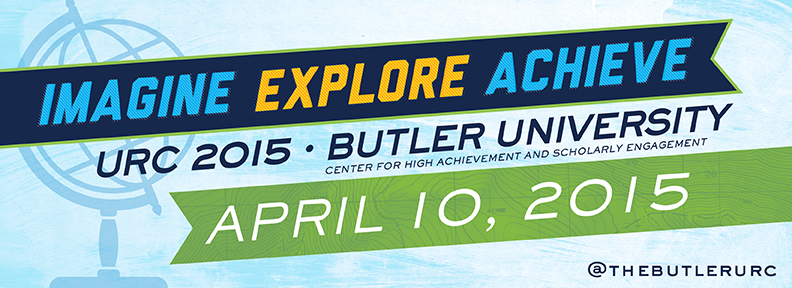
History
Event Title
Not a Boy, Not a Girl: Understanding the History of the Western Gender Binary in the United States through Colonialism and Gentrification
Document Type
Poster Presentation
Location
Indianapolis, IN
Start Date
10-4-2015 8:45 AM
End Date
10-4-2015 10:00 AM
Sponsor
Vivian Deno (Butler University)
Description
As Western countries colonized most of the world, they brought with them strict, often religious-based views of sexuality and gender. In the process of Westernizing and erasing colonized cultures, they worked to destroy these alternative genders. It is a process that has continued into the postcolonial era, living on through the gentrification of the once queer boroughs of cities like New York, pushing out queer POC to make the areas acceptable for white suburban families. Even today, the T or Transgender in LGBT is often ignored or rejected. The fight for legal equality continues to push for laws which aren't inclusive of nonconforming identities, and the public face of queer America is the married, white, normative gay couple. Understanding this part of our culture involves looking as far back to the Aztecs and following the development of our understanding of gender up to the revitalized gay rights movement of the 1970s and its lasting effects today.
Not a Boy, Not a Girl: Understanding the History of the Western Gender Binary in the United States through Colonialism and Gentrification
Indianapolis, IN
As Western countries colonized most of the world, they brought with them strict, often religious-based views of sexuality and gender. In the process of Westernizing and erasing colonized cultures, they worked to destroy these alternative genders. It is a process that has continued into the postcolonial era, living on through the gentrification of the once queer boroughs of cities like New York, pushing out queer POC to make the areas acceptable for white suburban families. Even today, the T or Transgender in LGBT is often ignored or rejected. The fight for legal equality continues to push for laws which aren't inclusive of nonconforming identities, and the public face of queer America is the married, white, normative gay couple. Understanding this part of our culture involves looking as far back to the Aztecs and following the development of our understanding of gender up to the revitalized gay rights movement of the 1970s and its lasting effects today.
